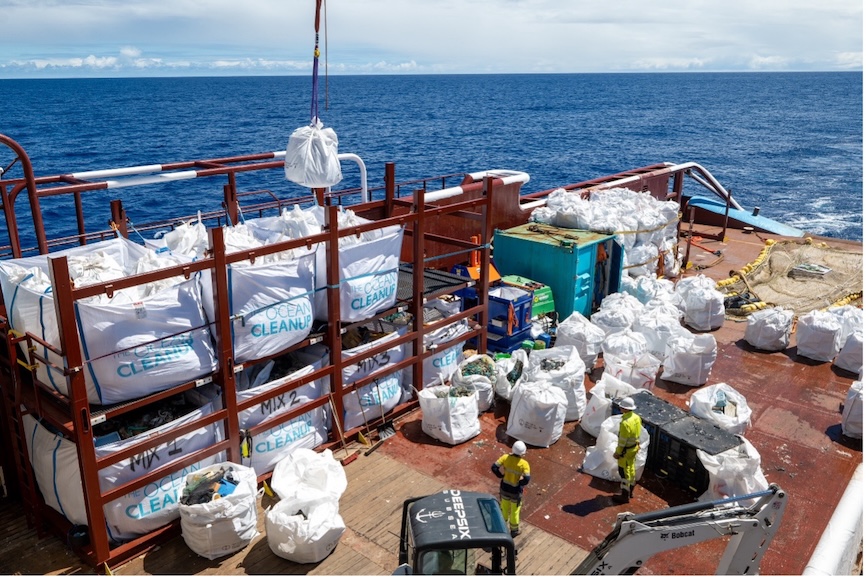Conservation has never lacked data. For decades, researchers and devices have tracked wildlife, migration, and ecosystems, while models have projected climate impacts and biodiversity loss. Yet, data on its own rarely changed outcomes. The challenge has always been how to turn information into action.
A combination of Amazon Web Services [AWS] Cloud computing, IoT, and AI are shifting that reality. Conservationists now have the tools to connect data sets, collaborate across borders, and act faster. Projects once seen as impossible are being executed on shorter timelines, with greater transparency and accountability.

Eyes in the Sky for Nature
Clay AI for Earth is opening access to satellite data that was once too costly or complex to use. By lowering barriers, it’s enabling projects from forest monitoring in the Amazon to tracking illegal fishing and assessing agricultural impacts. What would have cost millions can now be done for a fraction, giving conservation groups the ability to act where it matters most.
Seeing the Invisible in Rainforests
In Costa Rica, Hexagon’s R-evolution team is using 3D laser scanning, edge devices, and machine learning to map the rainforest at an extraordinary level of detail. These “digital twins” of biodiversity hotspots make it possible to measure ecosystems’ contributions to climate stability and model the impact of human activity. Policymakers, NGOs, and businesses gain tools to better protect these fragile environments.
Accelerating Ocean Cleanup
In the Pacific, The Ocean Cleanup in collaboration with AWS, is using satellite imagery, drones, and AI to pinpoint plastic hotspots in the Great Pacific Garbage Patch. With real-time navigation data, cleanup vessels can operate with far greater efficiency—cutting the time to clear the patch in half. It’s one of the clearest demonstrations of how data, when transformed into actionable intelligence, drives real results for the planet.

The age of passive monitoring is over. By combining new forms of data with cloud and AI, conservationists are moving from awareness to action. Whether it’s restoring rainforests, protecting coasts, or removing ocean plastics, technology is helping accelerate solutions to environmental challenges once thought insurmountable.






